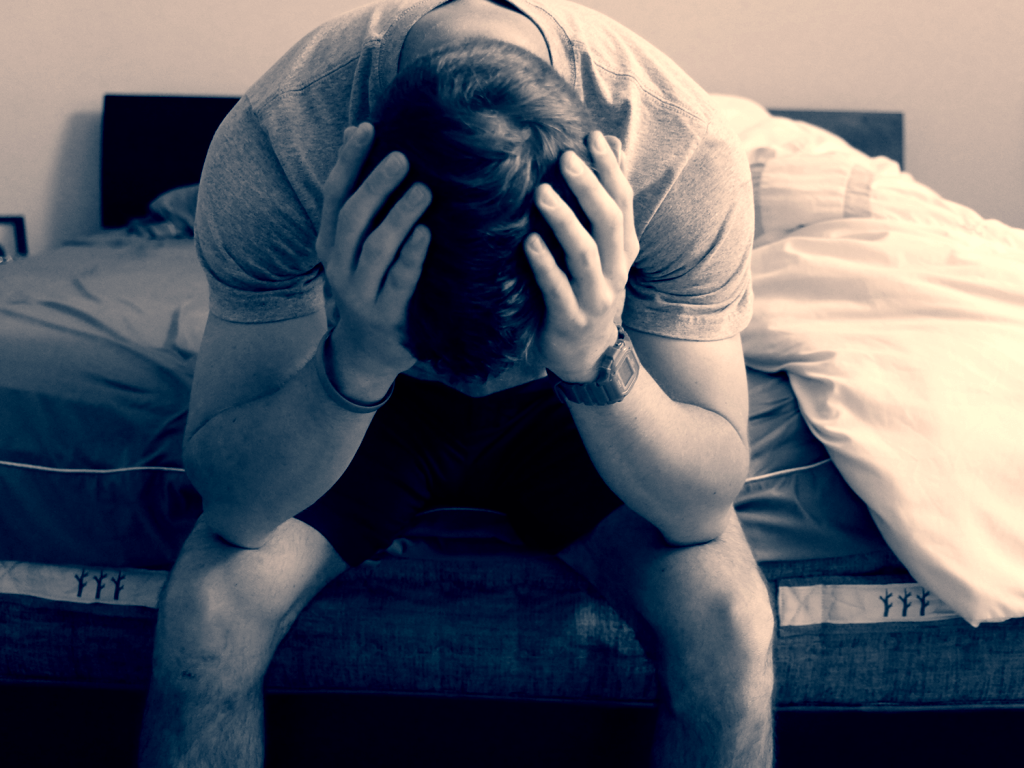Insomnia: Sleep Education
An estimated 40 million Americans experience some type of sleep disorder each year. Insomnia is the most common sleep disorder that affects people today. Insomnia is characterized by the following symptoms; difficultly falling asleep on a regular basis, regularly waking up several times during the night and not being able to fall back to sleep, and always waking up after a night time rest exhausted and never feeling well rested. Insomnia can last anywhere from one to several nights. More severe cases of insomnia can last anywhere from a month to years.
There are three types of insomnia known as transient insomnia, acute insomnia, and chronic insomnia. Transient insomnia is also referred to as short term insomnia. It is characterized by the inability to sleep or sleep well three or more nights in a week for a period of one week. Transient insomnia is often times caused by a temporary situation in a person’s life like; a short term illness or injury, job shift changes, or timing of sleep, or certain medications. Acute insomnia is a longer term insomnia that a person suffers from. This can last from a consistent inability to sleep well for at least three nights a week. The causes of acute insomnia can be the result of environmental factors like noise, extreme temperatures, health problems, side effects from medications, a life stress such as job change, or divorce, and physical or emotional discomfort. Long term insomnia which is often referred to as chronic insomnia is the inability to sleep for at least three nights a week for a period lasting longer than one month. Long term insomnia can causes problems for a person during the day which include lack of energy, trouble with concentration, mental fatigue, and irritability.

1 in 3 people have at least mild Insomnia
The most common causes of insomnia are triggered by physiological and physical factors. The physiological causes include; stress, anxiety, and depression. Stressful life events such as the death or illness of a loved one, divorce or job loss can keep the mind active at night making it difficult to fall asleep. Depression can cause chemical imbalances in the brain and can keep the body from relaxing enough to get a good night’s rest. The physical causes include medications, medical conditions, caffeine, and changes in environment. Prescription drugs like antidepressants, heart and blood pressure medications, allergy medications, weight loss products, and many over-the-counter medications contain caffeine and other stimulants which can interfere with sleep. Medical conditions linked with insomnia include arthritis, cancer, heart failure, lung disease, Parkinson’s disease and Alzheimer’s disease. Coffee, tea, alcohol, and other caffeinated drinks are well-known stimulants that can prevent deeper stages of sleep or cause you to wake up in the middle of the night. A change in environment like travel or work shifts can disrupt the body’s circadian rhythms which act as internal clocks and guide your wake-sleep cycle.
In the event where a person experiences the symptoms for insomnia, a medical practitioner can run tests to find out if insomnia is the major issue. A complete medical evaluation along with a physical examination must be completed before a diagnosis can be determined. Common causes like snoring or recent weight gain, routine medications, alcohol and drug use, and work/physical activity or all considered in the diagnosis process. A medical practitioner can use tools like the Elsworth Sleepiness Scale, a questionnaire used to analyze daytime sleepiness to assess insomnia. The practitioner can sometimes request a sleep diary for the patient to write down the times they go to bed, fall asleep, awake from sleep, awake in bed, get up in the morning, daily exercise, alcohol, caffeine intake, and medication. The sleep diary is often times requested to analyze the patient’s alertness at various times of the day in a two week period.

Insomnia can be caused by many factors, including stress, weight gain, anxiety, depression, and more.
Insomnia can be treated without the use of prescription drugs. There are behavioral methods that can help a person to achieve their goal of getting a well-rested sleep each night. Behavioral methods include stimulus control, cognitive behavioral therapy, and relaxation training. Stimulus control therapy focuses on training a person’s mind to regain the idea that the bed is for sleeping. Stimulus control suggests maintaining a regular wake-time and avoiding naps. Cognitive behavioral therapy focuses on observing and changing negative thoughts about sleep. The goal is to change or correct misconceptions about the ability to fall and stay asleep. Cognitive behavioral therapy focuses on addressing the anxiety around the sleep disorder. Relaxation training focuses on breathing and guided imagery techniques. Muscle relaxation techniques are practiced frequently during this course of therapy.
There are non-prescription and prescription medicines for insomnia today. Many over-the-counter sleeping medications use antihistamines, which cause drowsiness. Nonbenzodiazepine Hypnotics, are prescription drugs that bind to a specific receptor in the brain called omega-1 thereby inducing sleep.
Insomnia is resolved when the underlying issue is removed or corrected. The main treatment for insomnia is directed at finding the cause. Once the root of the insomnia is discovered, the sleeping disorder can be cured.
Here are links to further your understanding of insomnia:
About Author

Derek Hales
Founder & Editor-in-Chief
Derek Hales is the founder and editor-in-chief of Sleepopolis. Derek has tested over 50 of the most popular online mattresses, and scores of other bedding accessories. His testing approach is grounded in objective parameters and personalized in-depth research. Derek lives in Phoenix, Arizona with his wife Samatha and dog Tibbers. Check out the about page for more information.The post Insomnia: Sleep Education appeared first on Sleepopolis.